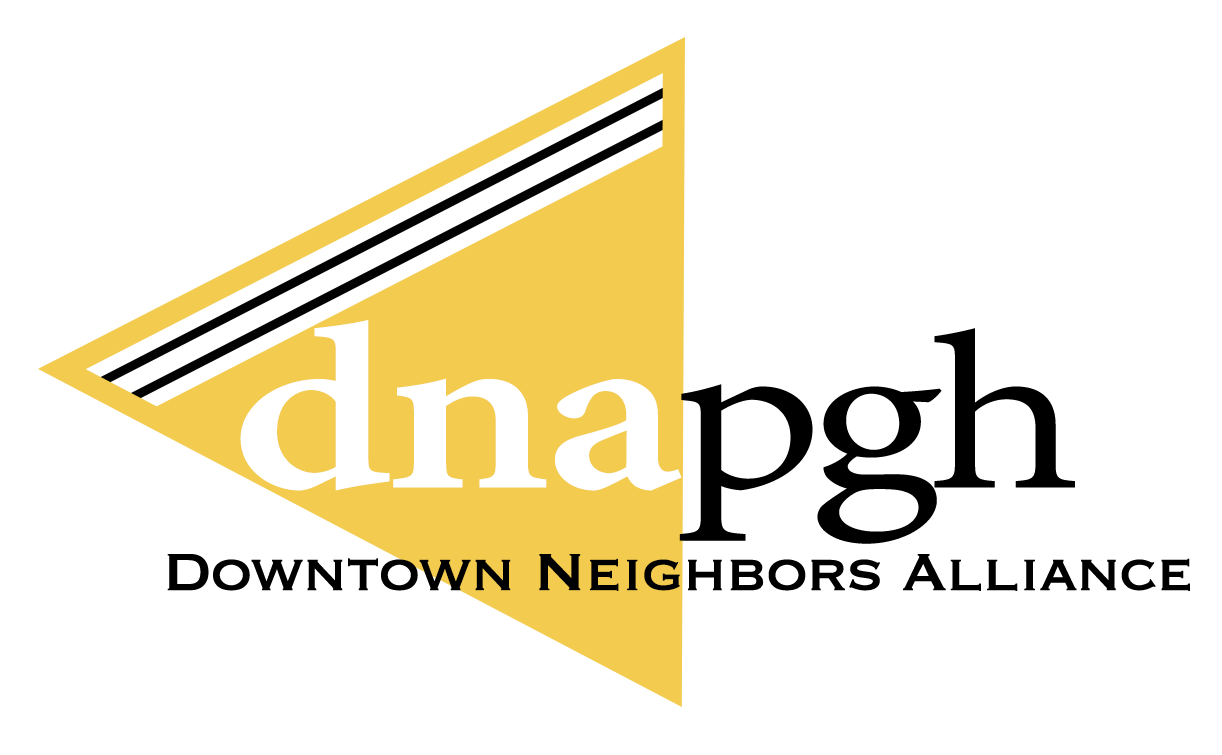Breaking The Bounds of Traditional Office Spaces at Emerald City
By Olivia Miller
It is safe to say that the pandemic made many re-evaluate their workplace environments. After working from home for a couple of years, many no longer want to work in a small, stuffy cubicle with blank, white walls and small windows. Black-owned coworking space Emerald City is redefining what an office space is, not just in aesthetics, but also in purpose.
Emerald City started when Khamil Bailey, founder of The Greenwood Plan, was invited to be a member of the former Americus Club in 2021. It was still the height of the pandemic then and the coworking space was sparsely populated with workers. Bailey and other members of her team started “cleaning up and [taking] a responsibility for the space and realized we liked doing that.” She says it was a “natural progression to curate the space” and officially opened Emerald City in November 2021.
The space’s name comes from The Wizard of Oz movie adaptation, The Wiz, and is a homage to the “magic place where dreams come true.” It also draws on the sparkly deep green gems that are “luxurious and timeless.” Bailey says, “Emerald City encompassed all those things.”
Right when you step off of the elevator, it is clear to see what sets Emerald City apart. With comfortable seating, luxurious phone booths to take calls, and jewel-toned accents, the main common room is anything but common. From the gold-chain accented chandeliers to the ornate columns in the hallways and the potted plants, it is clear that no detail was overlooked in the decoration of the space.
Perhaps the most unique aesthetic aspect of Emerald City is the art lining the walls of every area. With paintings and prints alike, each piece is created by a local Black artist. Bailey says there is “always a need for our community to showcase their art” and collaborated with Black art houses when decorating the space. The space will soon “serve as a living gallery” with each piece available for sale. She says this emphasizes the collaborative nature of the space saying, “it is not competitive, it is collaborative.”
While the space is beautiful, it serves a higher purpose of supporting Black creatives and entrepreneurs. Bailey says it “means the world to me” to be able to do this because “as much as I want it for the community, I want it too for myself.”
Her ultimate goal for Emerald City is to “fill in the gaps” between “what people need and want to exist and what does not exist.” She notes that the space is the only one of its kind in Western PA and would like it to “spread to other places.”
For those that use the space, Bailey wants them to simply “feel free” and feel “free to dream, free to explore different opportunities.” Creating a space where people can “show up as their authentic selves” and not feel constrained by traditional corporate standards like wearing a suit was paramount to her. She says, “we don’t believe in traditional professionalism here” and hopes to redefine what professionalism truly means. Bailey continues, “Emerald City allows you to show up as yourself to put our high quality work.”
Members of Emerald City receive amenities like high-speed internet and wifi, easy to use printer services, and the use of an expansive kitchen stocked with water, coffee, and tea. They also have access to the space’s large, 16-person meeting room, their private “card rooms”, and other breakout and community rooms. While working, there is also an opportunity to network with others at their happy hours and open house events.
Overall, Bailey wants Emerald City to be a “one of a kind experience” for those that occupy the space.

